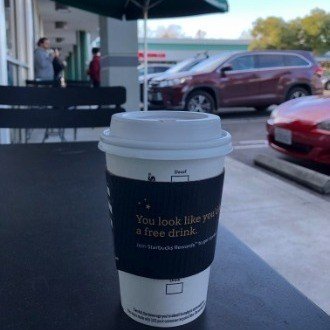
Whole picture of device architecture for HDR imaging
Abstract
Understanding the whole picture of device architecture helps make a basic concept. You can study the basic idea of the HDR imaging device. This study note doesn't touch detail of each device architecture and/or algorithms. If you want to know those devices, I strongly suggest searching the original paper and/or technical notes on the web.
What image do we need to make HDR images?
In general, two images are captured and those images are combined in the digital domain. the 2 images are short-exposure and long-exposure images. The short-exposure is for a bright sense capturing, and the long-exposure is for a dark sense capturing. The point is how to capture the 2 images. Several methods were proposed. I focused on the read-out method and made a schematic image for good understanding.

A conventional approach is a left-side flow, thus, capturing short- and long-exposure images in the separated frame. The captured 2-frame images are processed offline and then generated as HDR image.
Right-side flow is a new approach. The short- and long-exposure image capturing are occurring in one frame. The advantage of the stagger read-out is read-out speed. So, this approach can suppress the image blur due to camera vibration in HDR mode.
A basic concept of an offline process for generating HDR image
A camera outputs 2 kinds of images, which are short- and long-exposure images. I assume a conventional image sensor (Bayer color array). the sensor has 4 channels, R, Gr, Gb, and B. Each channel bit length is 10 bits. To simplify the explanation, I just picked 1 channel.
Short-exposure: 10 Bits
Long-exposure: 10 Bits
Simply add both, and we get 11 Bits data and shift one bit to the left to compress the data into 10 Bits. we can get the averaged data from this calculation. This is a basic and simple case to generate HDR from 2-frame images.
Summary
This section studied the general concept of HDR image, how to capture two images and process both images in the digital domain.
いいなと思ったら応援しよう!

